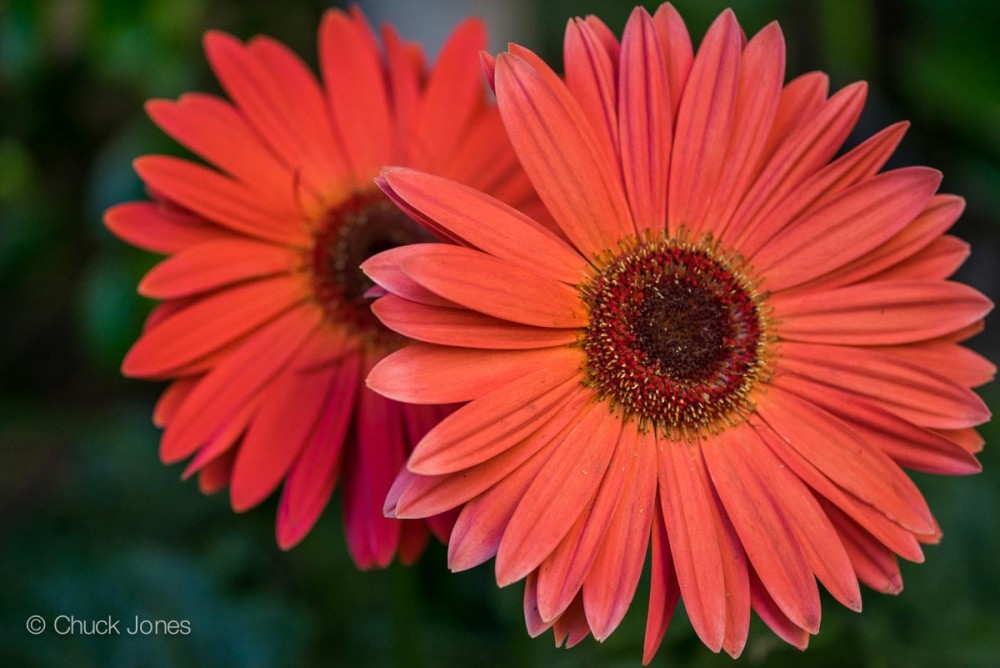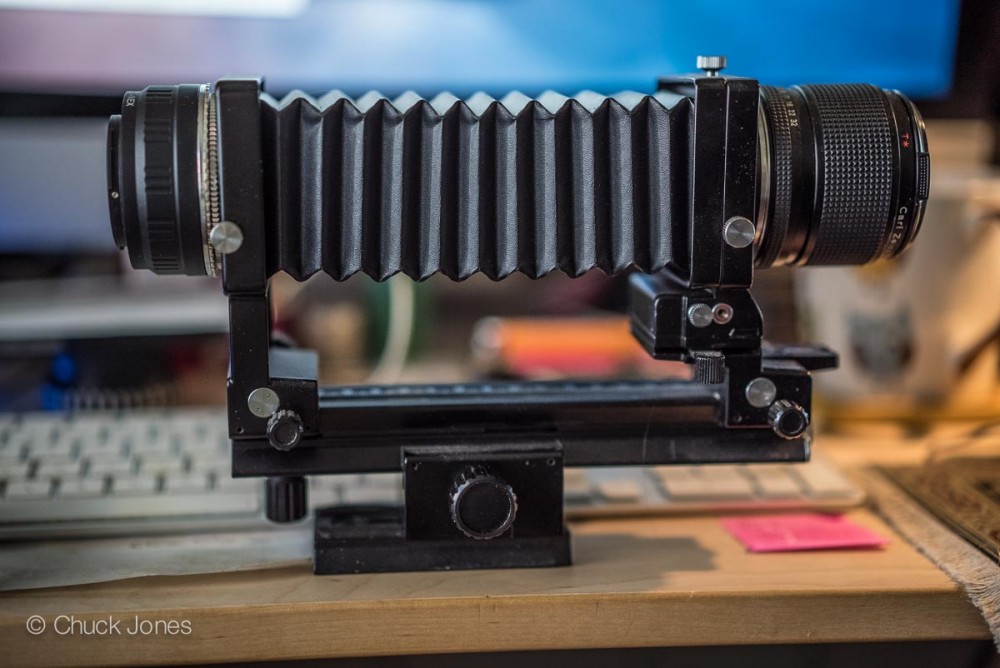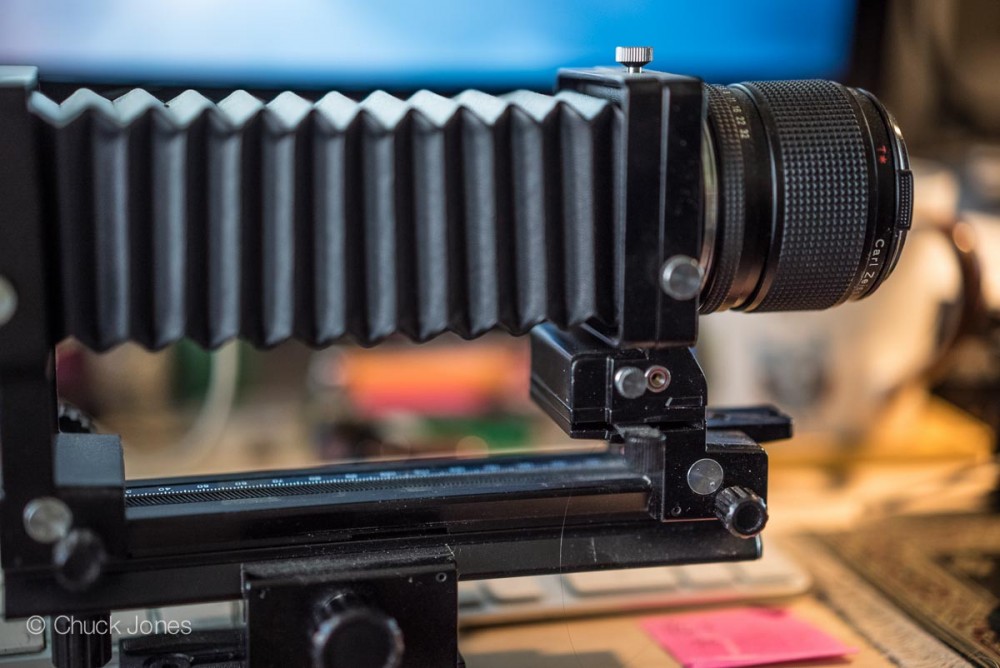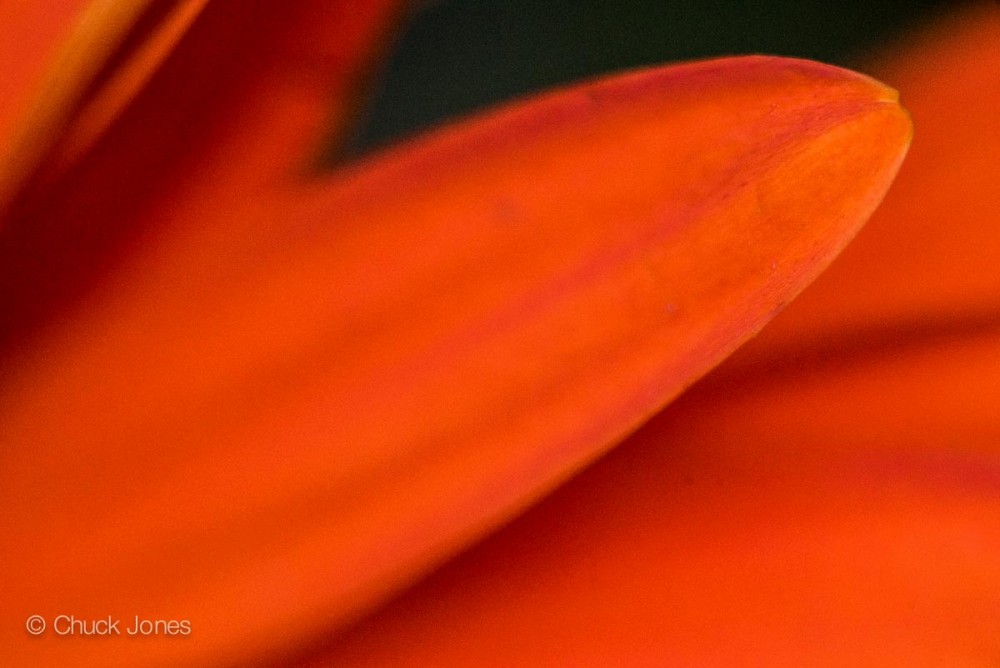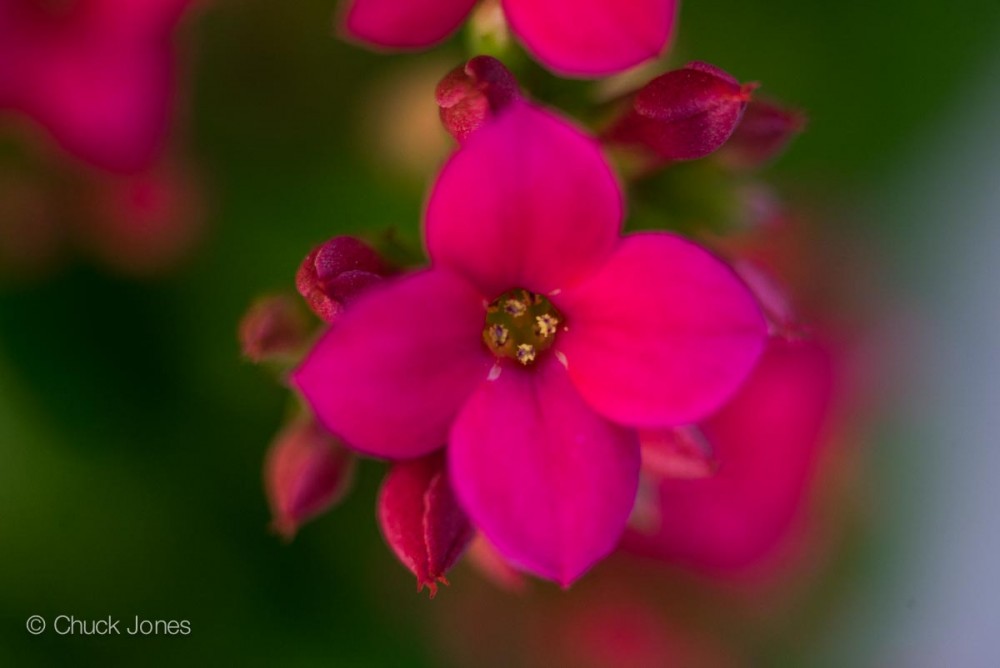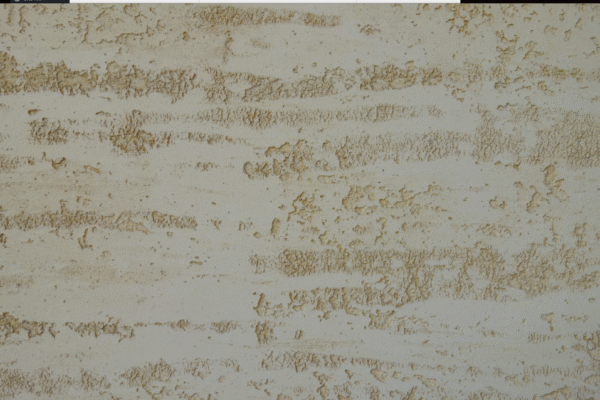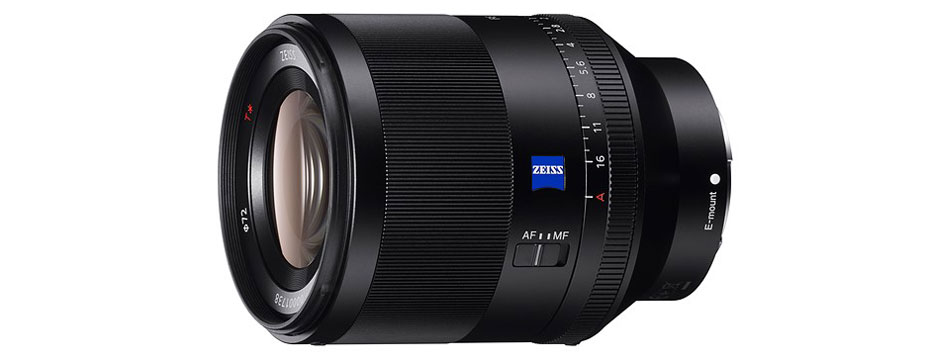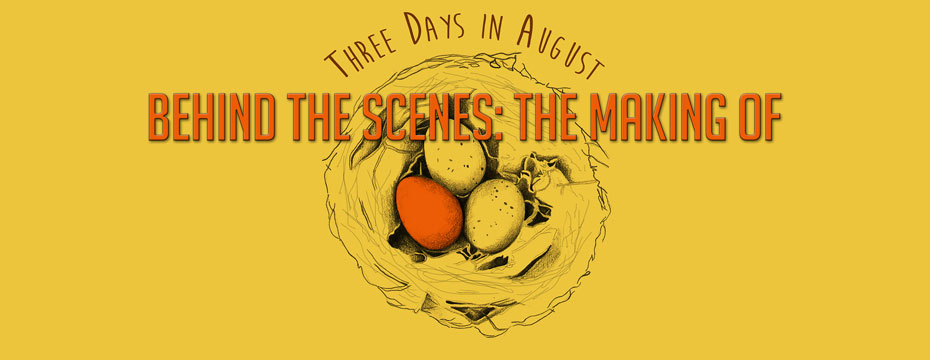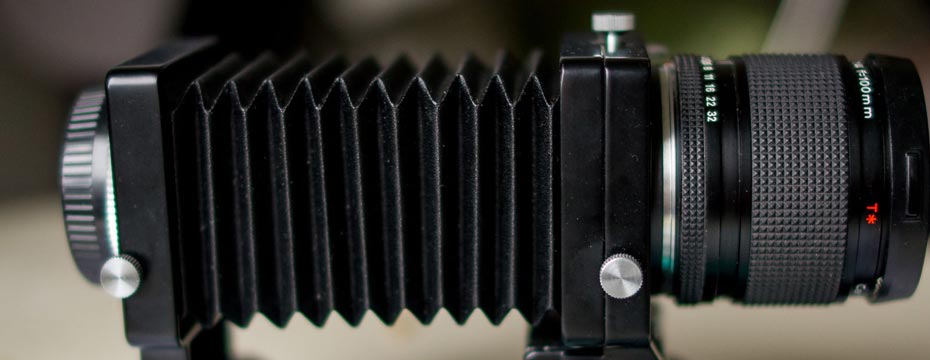
Carl Zeiss 100mm f/4 Macro S-Planar
Life At A Snail’s Pace – Final from TheCameraForum on Vimeo.
It is amazing what inspirational stories you can find to tell right from your own backyard. This short film actually started life as a macro still lens test, not a video. I wanted a macro still of the tiny bright red flowers Springtime always brings to the ice plant outside my office window, and instead ended up making a documentary short video about snails. A subject I probably would have considered of little interest had I not shot first and seen what interesting movements and life they have. I had never seen a snail drink, or eat. I never knew snails had teeth until I shot this footage. And I certainly would have never assumed snails also ate insects. I thought they were strict vegetarians, not sneaky omnivores.
With all documentary subjects, one needs to be prepared to follow the action wherever it leads you… even if the distance is measured only in inches. It took a special lens/camera setup to do proper justice to the live beauty these simple subjects have, once you can see them up close. I chose to film this whole production as a video, using this amazing Carl Zeiss 100mm f/4 Macro S-Planar and a Canon 5D Mark III. To preserve the dynamic range and color saturation, I used the Cinestyle S-log like flat profile curve for the 5D Mark III in the recording, then graded the footage back in Final Cut Pro X and Tonalizer VFX.
For the stills, in the end I was most satisfied using the remarkable Sony A7R. The high megapixel count of this camera is perfect for prints, posters, and books. I also love the Sony color rendition with Zeiss lenses. For web presentation only, I would not need 36MP, but for physical prints at 300 DPI having the image resolution is critical to having a sharp final print.
The Carl Zeiss 100mm f/4 Macro S-Planar was made in Japan and marketed by Contax as one of the professional accessories for the 35mm Contax RTS. The S-Planar f/4 — 100 mm was designed to be used with the bellows attachment of the Contax RTS. Thanks to its special design it covers, together with the bellows attachment, a focusing range from infinity via natural-size imaging up to 1.4 : 1 enlargement. The correction is optimally designed for moderate reductions, the preferred field of bellows attachment photography.
This specific design is relatively insensitive to scale alterations, so that the lens is suited for a wide range of image scales and, when properly stopped down, it can also be used at infinity distance. When approaching natural-size imaging, the depth of field becomes very small, i. e. only some 1/100 of an inch by the time you get to 1 : 1. Stopping down further is indispensable for further refining control of and increasing the depth of field when necessary. The lens is quite adequately sharp wide open though at f/4, provided it is mounted on a rigid, stable and shake free tripod.
The lens standard of the bellows attachment is designed to be laterally displaceable by + – 10 mm, and the camera can be rotated by 90° relative to the instrument, so as to utilize the displacement parallel to the long side or the short side of the format. In view camera terms, tilt or swing. The tilt/swing correction of the lens has been designed for a larger image field. The S-Planar is unsurpassed when it comes to taking in quick succession large and small objects so that they cover the format.
In nature photography, one aims at showing small plants and animals such as snails in their natural surroundings, and emphasizing important details immediately afterwards by a large-scale picture in close-up focusing. Here is where this lens shines. I was able to do the establishing shots using this lens, as it will achieve infinity focus on the bellows. But it also does incredible macro magnification, progressively as you move the lens along the bellows rail and adjust your distance from the subject.
It is a lot of work learning macro photography. Video adds additional complications. I shot a lot of footage with the Carl Zeiss 100mm f/4 Macro S-Planar before I finally mastered a technique to move with macro sized subjects at such shallow depth of field. When I see things up close and personal most people haven’t seen before, all that work and practice suddenly feels worth it. When I can tell a story from a snail’s perspective of a day in the life of a snail, for me that is just pure magic.
Many thanks to Carl Zeiss for making this spectacular lens, to Son for helping me find one, and another special thanks to Canon for the 5D Mark III, a very special video camera.
PLEASE RATE THIS STORY! [ratings]



